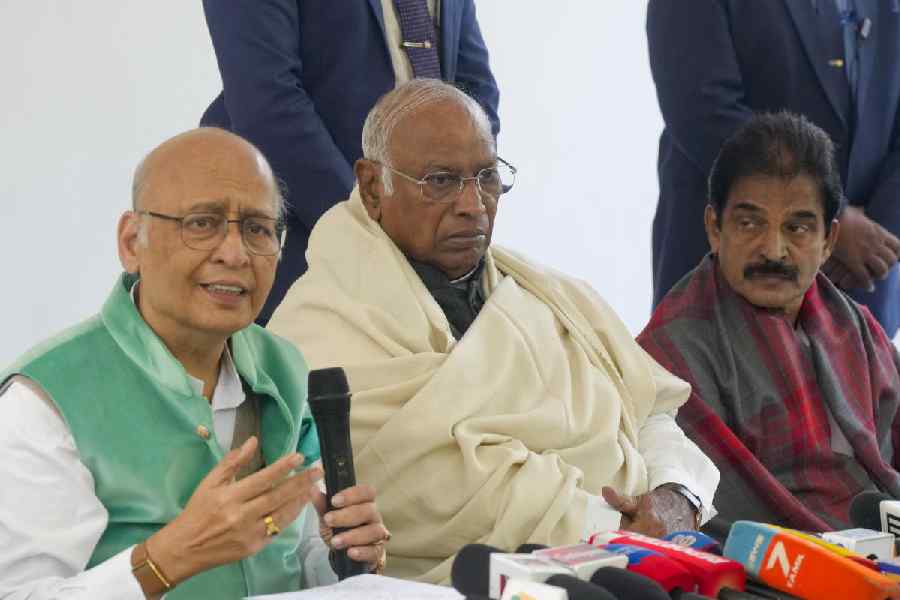Progress can often be slow and, hence, frustrating. But this kind of progress becomes particularly worrying if years of advancement are threatened with nullification by a new set of challenges. According to a recent report by the United Nations Children's Emergency Fund, child marriages — an entrenched social malaise globally — have been declining, but not at a desirable pace. The data estimated that 640 million girls and women alive today were married in their childhood. Hearteningly, the rate at which such unions take place has declined over the past quarter of a century: while 25% of women were married before they turned 18 in 1997, the figure had dropped to 19% in 2022. But the deceleration, the Unicef report points out, is not quick enough. At the current rate, about 12 million girls aged between 12 and 17 years would still become child brides each year. Derivatively, some nine million underage girls are expected to be married off in 2030. This means that the global reduction rate in child marriage is falling too far behind — almost 20 times — to meet the Sustainable Development Goal of ending child marriage within the next seven years. Worse, the report has warned that it might be 300 years before the world can eliminate child marriage. Significantly, the slowing momentum has been attributed to the "global polycrisis", caused by a combination of factors such as the pandemic, increasing conflicts, and the discernible effects of climate change. Sub-Saharan Africa is particularly vulnerable due to high-intensity armed conflicts and rapid population growth. Stagnancy in progress is also visible in Latin America, the Caribbean, the Middle East, North Africa, eastern Europe and Central Asia.
But there is some heartening news too. South Asia — one of the hotbeds of patriarchy — is, surprisingly, leading the charge against child marriage. For instance, while still accounting for one-third of child marriages of the global total, India has recorded a uniform downward trend. With stringent laws, such as the Prohibition of Child Marriage Act, 2006, improving literacy, targeted welfare schemes and potent public campaigns, India remains committed to battling this social malaise. Perhaps India’s policies ought to be replicated at a regional level — the absence of robust policies against child marriage has halted progress in India’s neighbours such as Pakistan and Afghanistan — as well as around the world.










